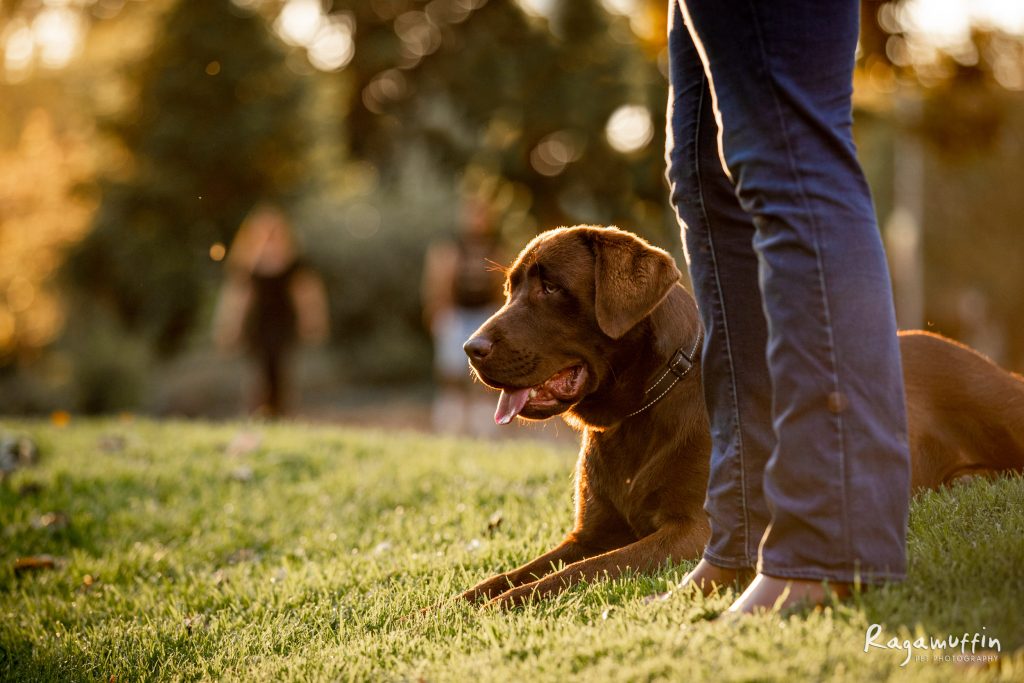The Labrador Breed Standard
It is hard to get a straight answer about what a Labrador retriever should look like. You will regularly hear people speak of wanting an English or American Labrador but what they are really talking about are variations on the standard. For sake of clarity, here’s what the experts have designated as the “standard”.
The following official breed standard was published by the Australian Kennel Council. The link to their website can be found at the bottom of the page. It references standard decided upon by the Kennel Club, London in 1994. F.C.I. Standard No 122.
GENERAL APPEARANCE – Strongly built, short coupled, very active; broad in skull; broad and deep through chest and ribs; broad and strong over loins and hindquarters.
CHARACTERISTICS – Good tempered, very agile. Excellent nose, soft mouth; keen love of water. Adaptable, devoted companion.
TEMPERAMENT – Intelligent, keen and biddable, with a strong will to please. Kindly nature, with no trace of aggression or undue shyness.
HEAD AND SKULL – Skull broad with defined stop; clean cut without fleshy cheeks. Jaws of medium length, powerful not snipey. Nose wide, nostrils well-developed.
EYES – Medium size, expressing intelligence and good temper; brown or hazel.
EARS – Not large or heavy, hanging close to head and set rather far back.
MOUTH – Jaws and teeth strong with a perfect, regular and complete scissor bite, i.e. Upper teeth closely overlapping lower teeth and set square to the jaws.
NECK – Clean, strong, powerful, set into well-placed shoulders.
FOREQUARTERS – Shoulders long and sloping. Forelegs well-boned and straight from elbow to ground when viewed from either front or side.
BODY – Chest of good width and depth, with well sprung barrel ribs. Level topline. Loins wide, short coupled and strong.
HINDQUARTERS – Well-developed not sloping to tail; well turned stifle. Hocks well let down, cowhocks highly undesirable.
FEET – Round, compact; well-arched toes and well-developed pads.
TAIL – Distinctive feature, very thick towards base, gradually tapering towards tip, medium length, free from feathering, but clothed thickly all round with short, thick, dense coat, thus giving ’rounded’ appearance described as ‘Otter’ tail. May be carried gaily but should not curl over back.
GAIT/MOVEMENT – Free, covering adequate ground; straight and true in front and rear.
COAT – Distinctive feature, short dense without wave or feathering, giving fairly hard feel to the touch; weather resistant undercoat.
COLOUR – Wholly black, yellow or liver/chocolate. Yellows range from light cream to red fox. Small white spot on chest permissible.
SIZE – Height: Dogs 56 – 57 cms at withers
SIZE – Bitches 54.5 – 56 cms at withers
FAULTS – Any departure from the foregoing points should be considered a fault and the seriousness with which the fault should be regarded should be in exact proportion to its degree.
NOTE – Male animals should have two apparently normal testicles fully descended into the scrotum.
Source: The Australian Kennel Council – https://ankc.org.au/
